If birds were gardeners
What would a garden look like if birds were the landscapers?
Gardens and green spaces play an important role in our lives and can reflect who we are. What would a garden look like if birds were the landscapers? Here are some fresh perspectives on how a bird would shape a garden or local park.
Australian Magpie
The large and confident Australian Magpie would be a gardener with a difference! Expect a dynamic but deceptively simple landscape with fun elements as magpies are fond of play. A washing line perhaps (with clothes attached!) as Magpie parents never scold their kiddies about swinging upside down! This exciting garden would have a mix of mulch beds and large grassy meadows to produce juicy insects. Sculptural elements such as mossy rocks, logs and water bowls would provide year-round interest with at least one tall eucalypt necessary for lookouts, a safe nest site and song exhibitions. There would be no paths provided for humans to avoid the need to swoop during the nesting season!
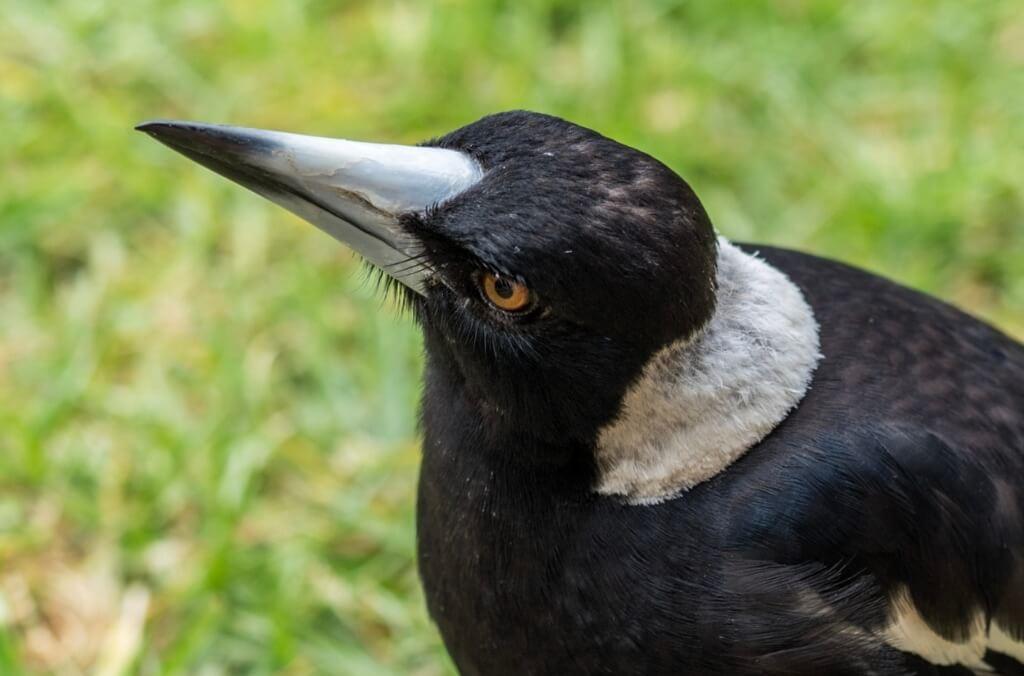
Australian Magpie © Andy and Toni Bachvarova 
The open woodlands of Wentworth Common are perfect landscape design for Magpies.
Silvereye
Berries, berries, berries! Do not let the sweet round smallness of a Silvereye mislead you. This bird is an active, opportunistic feeder and would fill a garden with beautiful Dianellas, Bearded Heaths and Blue-berry Ash. But as the berry season is limited, and to create a year-round, productive garden, a Silvereye may also plant flowering shrubs that host insects and provide nectar such as tea-trees, blackthorn, or hakeas. These shrubs would be planted densely to help with the practical everyday needs of a small family: a prickly place to hide a small cup-shaped nest, easy access to food, protection from uninvited guests such as the aggressive Noisy Miner and shade on hot days. Perfect!
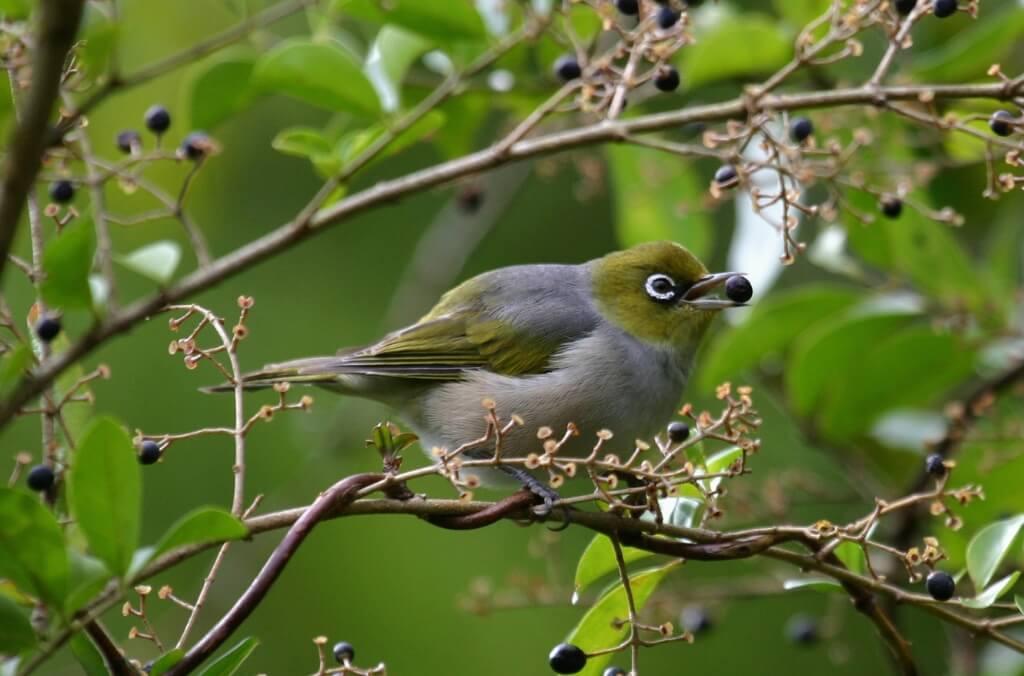
Silvereyes are only 5-10 g and named for the ring of white feathers around their eye. 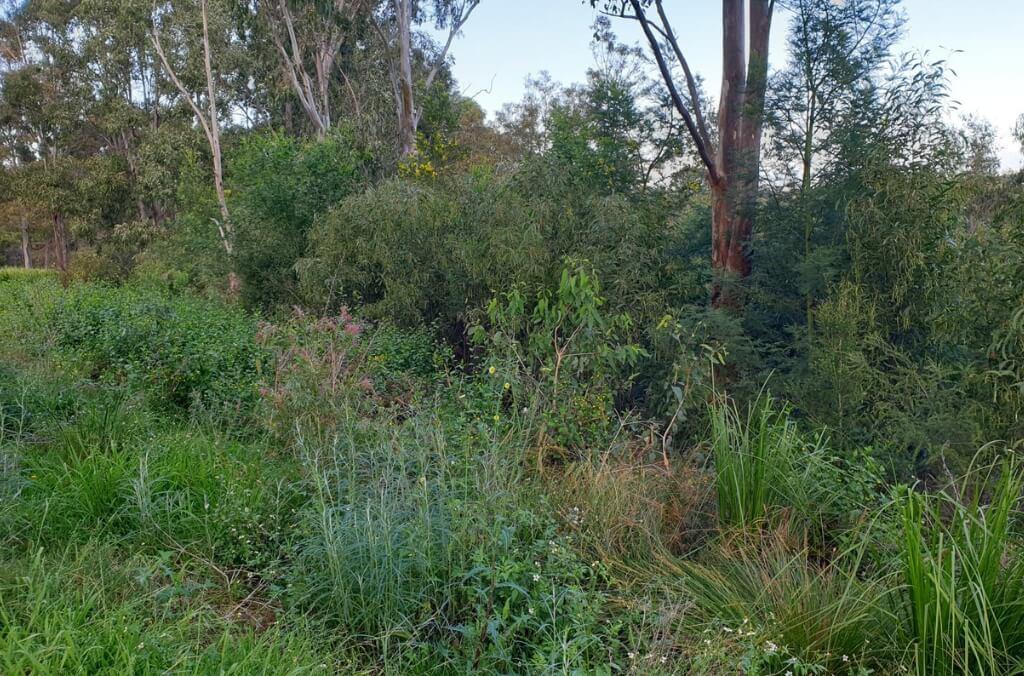
These densely planted shrubs on Kronos Hill are perfect for Silvereyes.
Black-fronted Dotterel
A small, shy shorebird, the Black-fronted Dotterel would be very conscious of gardening at the landscape scale. Also a minimalist, this species is comfortable with a limited palette of a few wetland plant species such as Sea Rush Juncus kraussii or Beaded Glasswort Sarcocornia quinqueflora. Imagine long open muddy shorelines where molluscs and insects grow in abundance and are easily collected with a short beak. Vegetation would be maintained low to allow the bird to see any potential predator but tall enough to provide shelter if one is spotted. An example of this type of landscape is the Waterbird Refuge where, if you sit quietly in the bird hide, Black-fronted Dotterels can be easily seen.
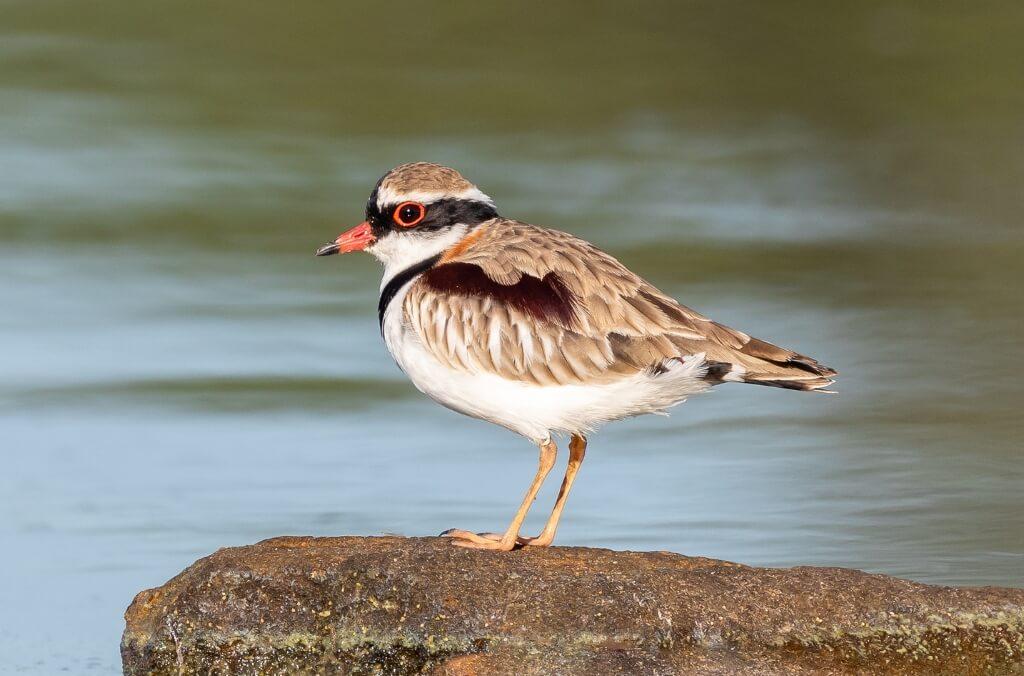
The Black-fronted Dotterel's weight is close to that of one AA battery. 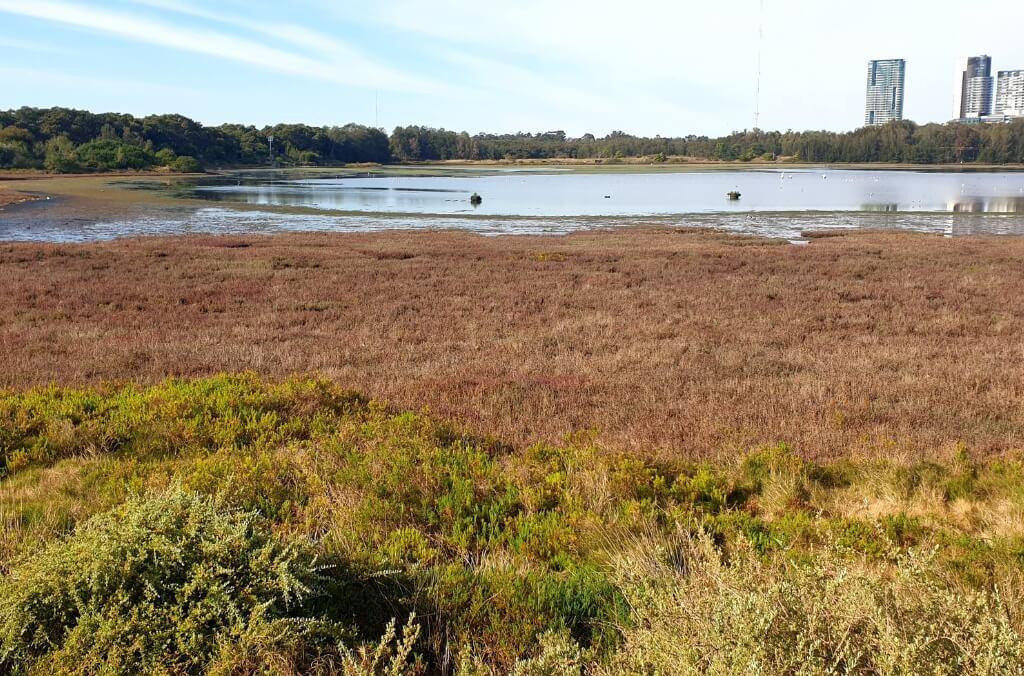
The sense of open space and long sightlines provided at the Waterbird Refuge is important to Black-fronted Dotterels.
Related articles
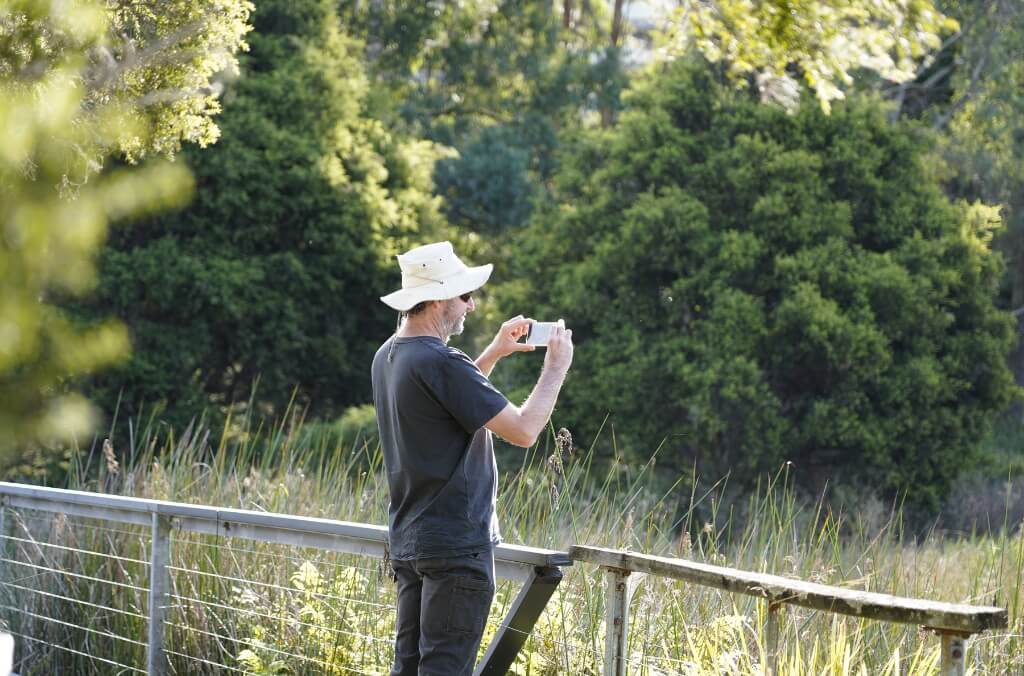

Biodiversity Month is the perfect excuse to take some time out of our busy schedules to learn about and appreciate the biodiversity that envelopes us.


Another very important day is marked on the 7th of September each year: Threatened Species Day.
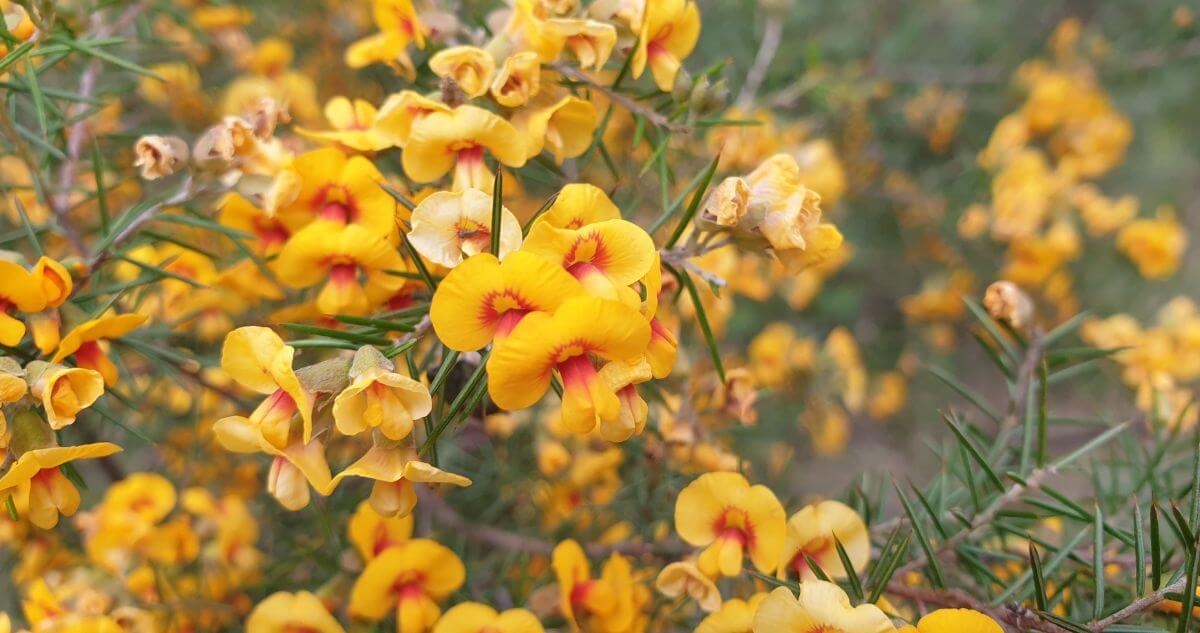

As we crawl out from our blanket cocoons that shielded us against the winter chill, you’ll notice that the days are a little longer and the weather is a little warmer.